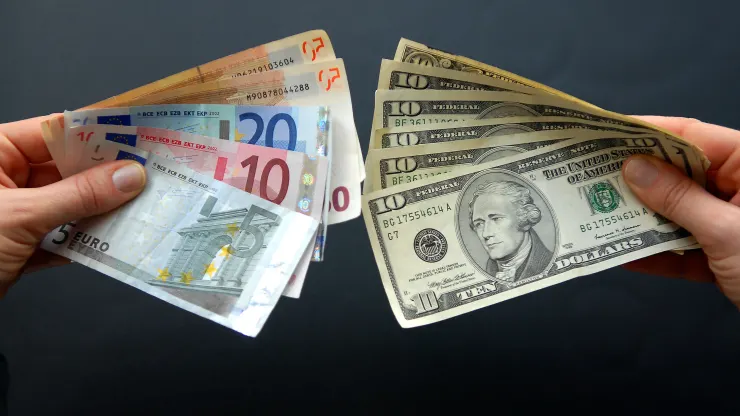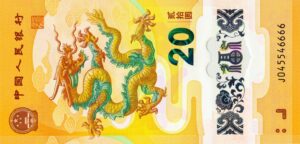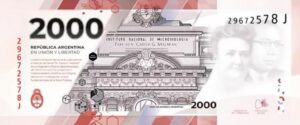The King Dollar !!

Printing of the dollar was in 1914 by the creation of the Federal Reserve Bank and it has become the whole world’s reserve currency.
The dollar remains the world’s reserve currency today. Central banks held 60% of their reserves in U.S. dollars during the fourth quarter of 2020, according to the International Monetary Fund (IMF).
Many of the reserves are in cash or U.S. bonds, such as U.S. Treasuries. Dollar-denominated debt outside the U.S. continues to rise, with levels reaching $12.6 trillion as of mid-2020.
Most people would believe that this makes the dollar the strongest currency in the world. Despite its position in the global markets and how dependent they are on it, the dollar ranked as the 10th strongest currency, according to CMC Markets. The site ranked the Kuwaiti dinar as the strongest currency while the British pound and the euro earned the fifth and eighth spots respectively.
There are a series of alternatives that could replace the dollar as the next global reserve currency. The euro is the most used reserve after the dollar and could replace the dollar if economic conditions move in its favor. However, the European Union (EU) does lack a central Treasury unit, which can make this difficult. China’s renminbi could surpass the dollar, a goal that the country’s leaders are keen on realizing. Global reserves account for about 2% and the use of the renminbi around the world is rising


